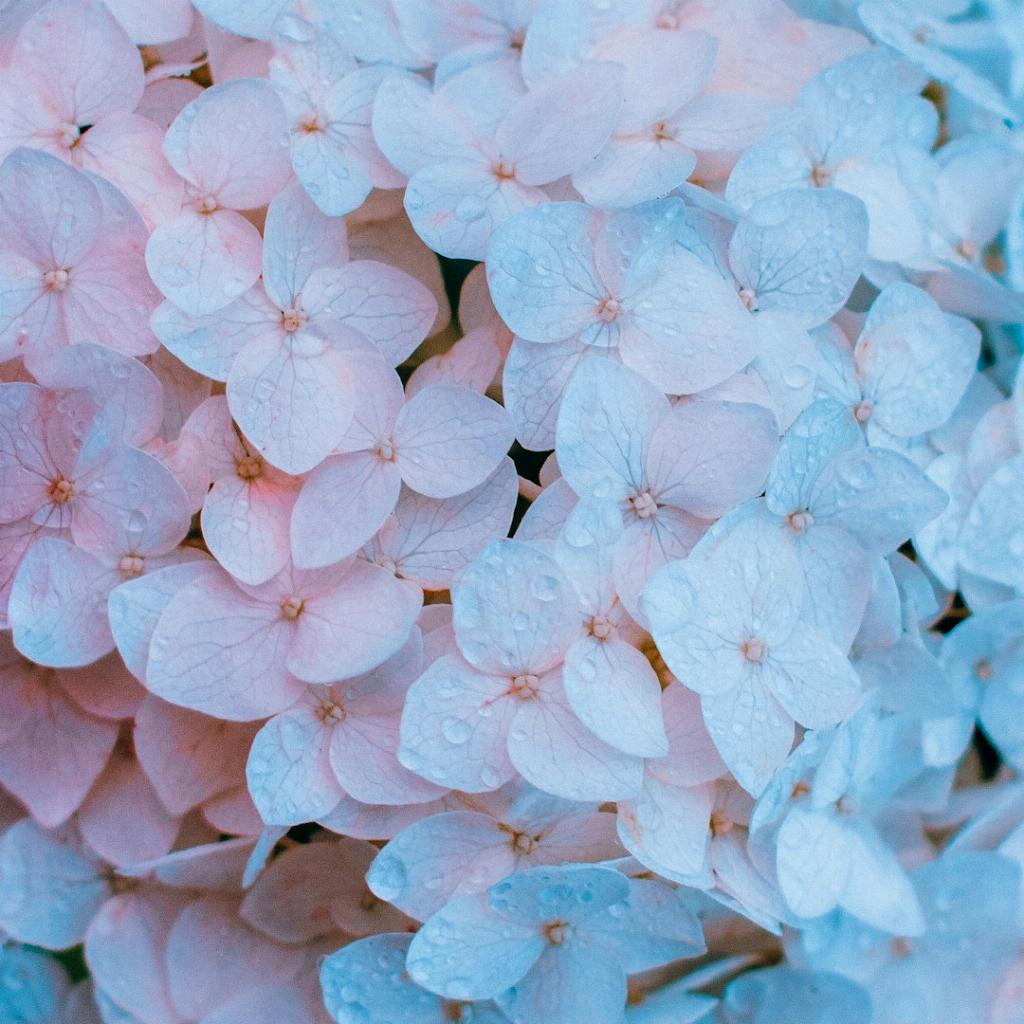When you notice the blooms of your hydrangea shrubs starting to turn brown or fade, it’s a clear indicator that it’s time to engage in a simple yet essential gardening practice known as deadheading. Deadheading involves the removal of spent flowers from a plant to promote new growth and improve the overall appearance of the shrub.
Tools You Will Need
To deadhead your hydrangeas effectively, you will require a few basic tools. A pair of sharp pruning shears is essential for this task, as they will enable you to make clean cuts without causing damage to the plant. Additionally, having a pair of gardening gloves can help protect your hands from thorns or rough stems.
How to Deadhead Hydrangeas
Begin the deadheading process by carefully examining your hydrangea shrub to identify the faded or brown flowers that need to be removed. Once you have located these spent blooms, use your pruning shears to snip them off just above the nearest set of healthy leaves or buds.
Why Deadhead Hydrangeas?
Deadheading hydrangeas serves multiple purposes that benefit the overall health and appearance of the plant. By removing spent flowers, you redirect the plant’s energy towards producing new blooms rather than seed production, resulting in a bushier and more vibrant shrub.
Best Time to Deadhead
The ideal time to deadhead hydrangeas is in the late summer or early fall, once the majority of blooms have started to fade. This timing ensures that the plant has sufficient time to recover and prepare for the following growing season.
Mistakes to Avoid
When deadheading hydrangeas, it’s important to avoid cutting into healthy stems or removing buds that may develop into future flowers. Be cautious not to prune your shrub too late in the season, as this can hinder its ability to bloom in the upcoming year.
Benefits of Deadheading
Engaging in regular deadheading not only enhances the aesthetic appeal of your hydrangea shrubs but also stimulates new growth and promotes a healthier overall plant structure. By consistently removing faded flowers, you encourage the continuous production of vibrant blooms.
Additional Tips
After completing the deadheading process, consider applying a layer of mulch around the base of your hydrangea shrub to maintain moisture levels and suppress weed growth. Regularly watering your plant and providing it with adequate sunlight will also contribute to its vitality.
Addressing Brown Hydrangea Leaves
If you observe brown leaves on your hydrangea shrub in addition to faded flowers, it may indicate an issue with watering, sunlight exposure, or soil quality. Ensure that your plant is receiving sufficient water, sunlight, and nutrients to prevent leaf discoloration.
Pruning vs. Deadheading
It’s important to distinguish between deadheading and pruning when caring for your hydrangea shrubs. While deadheading involves the removal of spent flowers, pruning focuses on shaping and maintaining the overall structure of the plant. Combine both practices for optimal results.
Enjoying Your Blooming Hydrangeas
By diligently deadheading your hydrangea shrubs and providing them with proper care and attention, you can enjoy an abundance of beautiful blooms throughout the growing season. Take pride in your gardening efforts and witness the stunning transformation of your hydrangeas.
Conclusion
In conclusion, when hydrangea flowers turn brown, it’s a signal to embark on the deadheading process to remove spent blooms and facilitate new growth. By following the steps outlined above and avoiding common mistakes, you can ensure that your hydrangea shrubs thrive and flourish with vibrancy and beauty.

